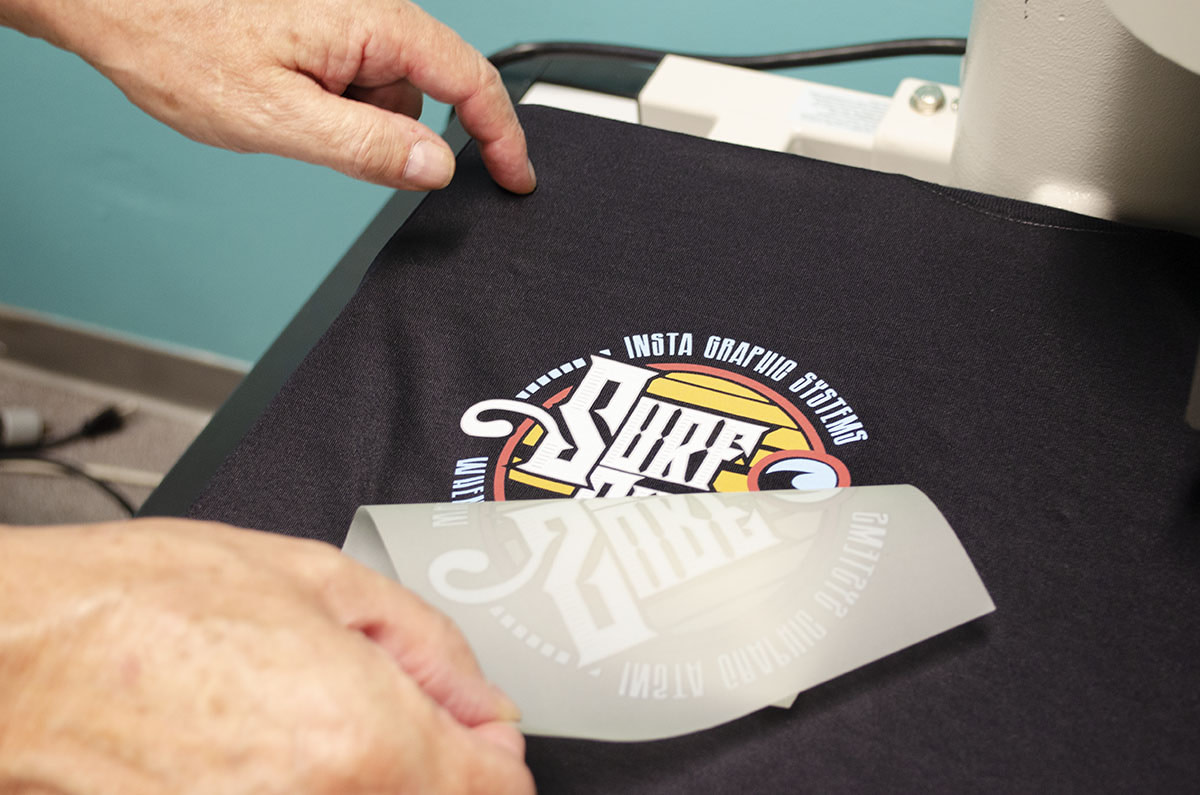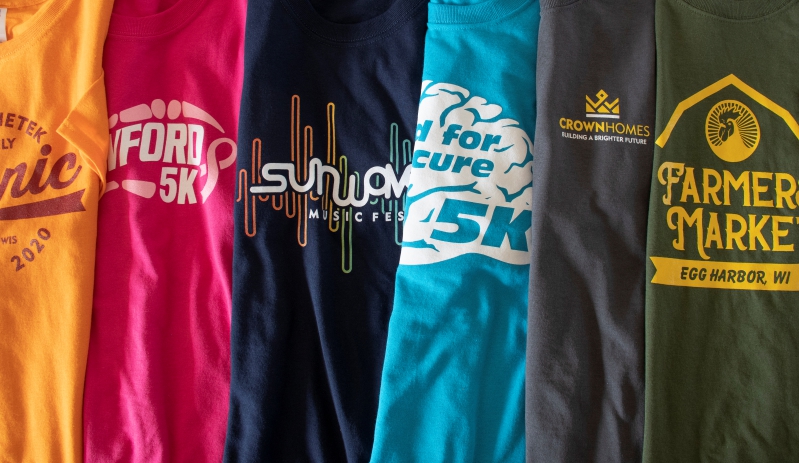9 Simple Techniques For Tx Tees
9 Simple Techniques For Tx Tees
Blog Article
7 Easy Facts About Tx Tees Explained
Table of ContentsThe 2-Minute Rule for Tx TeesTx Tees Things To Know Before You BuyThe Main Principles Of Tx Tees Rumored Buzz on Tx TeesThe Ultimate Guide To Tx TeesSome Known Questions About Tx Tees.The Only Guide for Tx Tees
Include up other costs, like the number of energies it takes to run the store and the price of ink and emulsion per layout. Take the print below.The solution must only be a couple of cents since you 'd only need to layer one screen for this job. Just how much should you charge per t shirt to make a profit? Typically, printers try to make up to 45% revenue on a print job. Here's a table to assist you figure out that: total expense per product percent of wanted earnings as a decimal (example:.25 or.45) earnings made per item per job Now let's talk regarding the productivity of DTF.

With DTF, you can print a handful of t shirts, or simply one. Both screen printing and DTF have their specific niches in the world.
The Single Strategy To Use For Tx Tees
The very best method to know? Ask about and see what print stores like yours are doing. custom screen printing. Try both out and see which you like better
When you're picking what sort of printing approach to use for printing your artwork layouts on your garments, it is very important that you know the differences between these two methods so you can make the most of outcomes while decreasing costs. Screen printing is one of the most generally used technique for printing layouts on fabrics.
DTG printing is also known as spot or direct to garment printing due to the fact that it publishes just what is required as opposed to making a screen as screen printers do. https://tx-abilene.cataloxy.us/firms/txtees.com.htm. Display printing works by screen filler squeegee display printing ink screen mesh display, then moving the picture to garment making use of warm and/or pressure
The DTG printer utilizes special dye-sublimation inks that are used into a pre-designed picture by a digital printing system. The inks enter into the fabric, enabling for dynamic shades and phenomenal information. It's likewise called spot or straight to garment printing since it publishes only what is needed rather of making a display as screen printers do.
Tx Tees Can Be Fun For Everyone
Initially, it's much quicker - you can publish a fullcolor photo in minutes, instead of hours for display printing. Second, there's no established time or prices involved - you can print any kind of layout you such as, without needing to produce a screen first. Third, there's no waste - since display printers display print one style each time, they have to screen each color separately.
The paper is very pricey and can just be made use of as soon as. Once it's published on, it has actually to be discarded. - The initial purchase price is reduced than the ahead of time financial investment of DTG printers- You can publish multi-color styles one screen at a time rather than having to publish each shade individually like DTG printing.

Little Known Facts About Tx Tees.
Rather of using screen mesh as display printers do, color sublimation printers make use of laser technology to transfer your pictures onto garments or paper. A warmth procedure transfers the color from its solid-state straight right into the gas stage which in turn merges it onto material substratums when they are swiftly heated to heats under high pressure.
Sublimation printing is green. It uses less water than screenprinting, and since it does not include using hazardous solvents, it's risk-free for all kinds of clothing. The color sublimation inks are also odor free when treated, unlike screen printers that utilize dangerous chemicals throughout the display printing procedure that leave an undesirable odor.
They likewise save money on costly equipment like exposure devices because dye sublimation printers don't need a UV direct exposure system or a flash remedy stove that is typically utilized in display printing (t-shirt printing). What is direct to garment printing (DTG Printing)? DTG printing is a digital screenprinting process that publishes straight onto fabric making use of specialized inkjet printers
Facts About Tx Tees Uncovered
DTG printing offers numerous benefits over traditional screenprinting, consisting of the ability to publish photo quality photos, greater shade vibrancy, and the capability to print styles on darker textiles. DTG printers function by heating the fabric ink up until it turns right into a gas. The gas then penetrates the material, bonding with the fibers to produce a long-term print.

Display printers merely prepare their display after that begin publishing up until they run out of product or ink.- There is a variety of skilled screen printers all over the globe, which can be helpful for newbies. - It's a slower procedure - screen printers typically have to wait for the ink to completely dry prior to they can publish the following color- Display printers call for manual labor, so there's a higher learning contour and it takes longer to generate a high-grade layout- Screen printing isn't as exact as DTG printing, so you might get some "blood loss" of shades from one part of the image onto one more if not done correctly.
Not known Facts About Tx Tees
Nonetheless, as opposed to utilizing screen mesh as display printers do, dye sublimation printers make use of laser innovation to move your photos onto garments or paper. A heat procedure moves the color from its solid-state directly right into the gas phase which subsequently merges it onto fabric substratums when they are rapidly heated up to high temperature levels under high pressure.
Sublimation printing is eco-friendly. It utilizes less water than screenprinting, and since it does not involve the use of unsafe solvents, it's risk-free for all kinds of garments. The dye sublimation inks are likewise unsmelling when treated, unlike display printers that make use of hazardous chemicals throughout the display printing process that leave an undesirable odor.
They also save money on pricey equipment like exposure units considering that color sublimation printers do not require a UV exposure unit or a flash remedy stove that is commonly used in screen printing. What is direct to garment printing (DTG Printing)? DTG printing is a digital screenprinting process that prints directly onto material making use of specialized inkjet printers.
Everything about Tx Tees
DTG printing uses several advantages over standard screenprinting, consisting of the ability to print photographic top quality photos, higher color vibrancy, and the capability to print designs on darker textiles. DTG printers function by heating up the fabric ink until it turns right into a gas. The gas after that penetrates the fabric, bonding with the fibers to produce an irreversible print.
Report this page